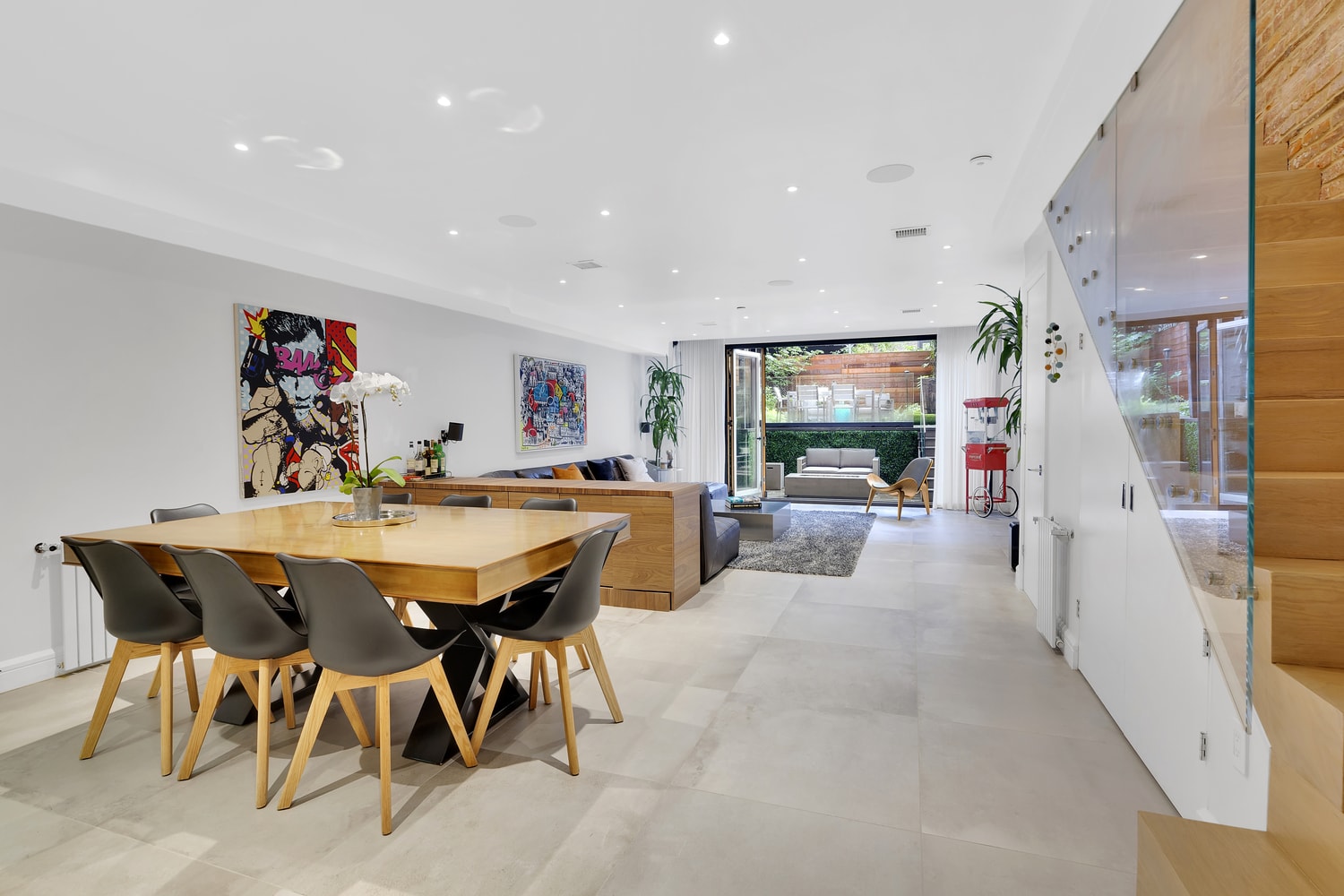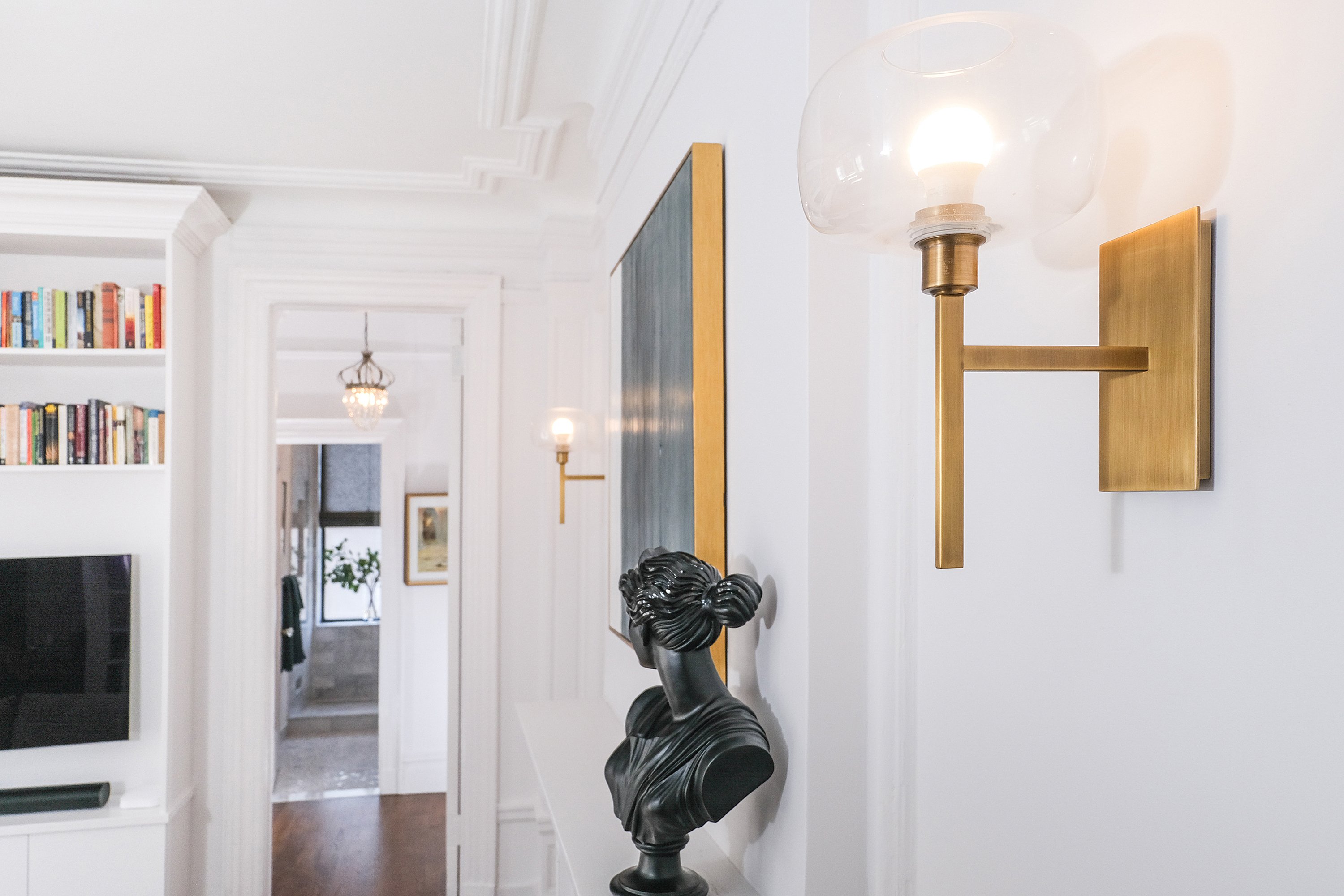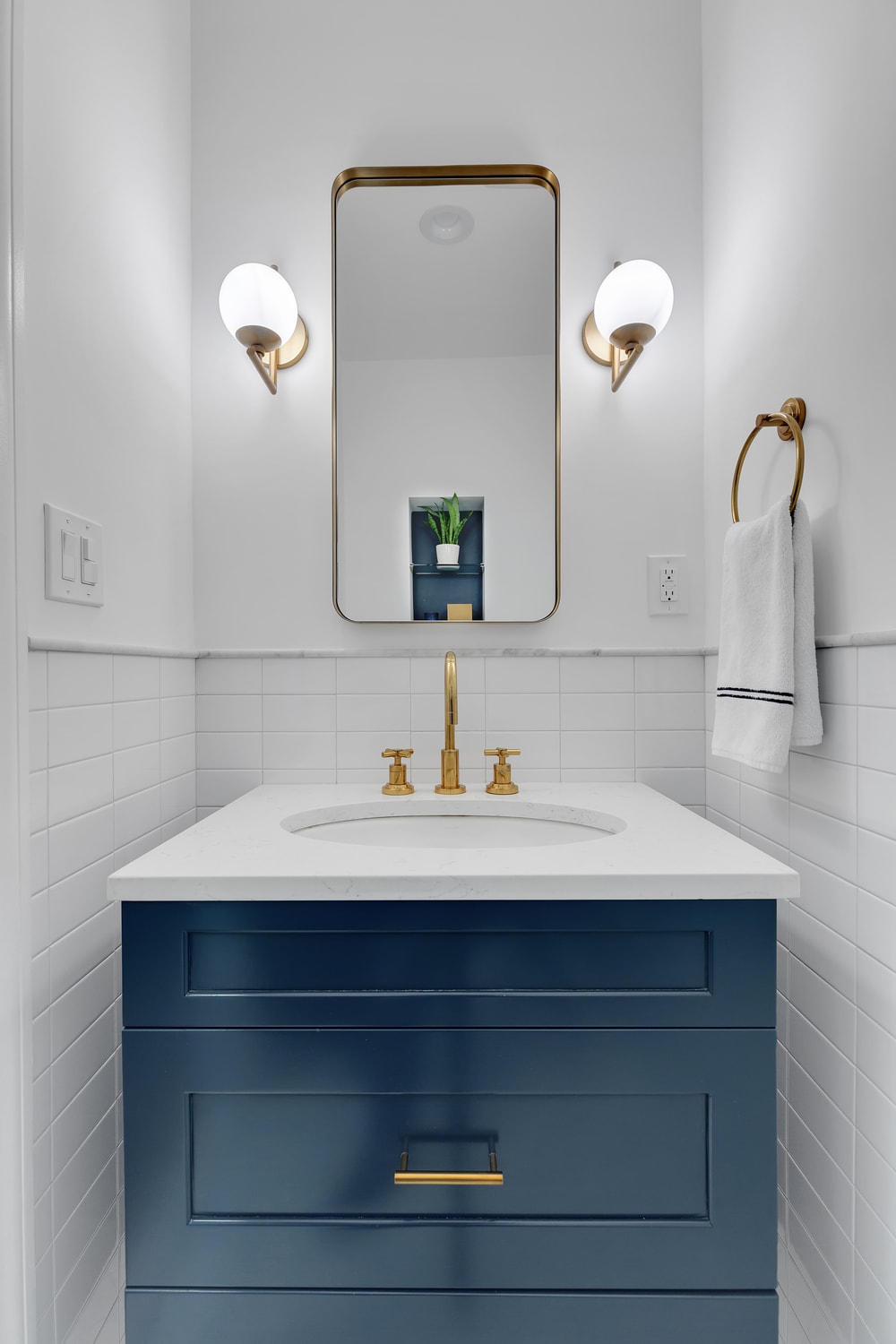What Drives The Cost Of Custom Millwork - And When Is Premium Pricing Justified?
Few features feel as tailored and impactful as custom millwork, which makes understanding the costs that much more important.
August 1, 2025
|
-min.jpg)
What Drives The Cost Of Custom Millwork - And When Is Premium Pricing Justified?
Curious why custom millwork costs so much in NYC? Learn what drives the price and when it’s worth the investment in your home renovation.
Table of Contents
- What Makes Millwork Expensive? Breaking Down Cost Factors
- The Labor Behind Custom Millwork: Design, Fabrication, and Installation
- Material Choices: How Wood Type Affects Price
- Complexity Adds Up: Shapes, Profiles & Built-In Features
- Working With Professionals: Design-Build Vs. Separate Contractors
Custom millwork has a way of instantly elevating a home. Whether via custom cabinetry, built-in shelving, or detailed crown moulding, these architectural highlights often become the most grounding features of an interior. Yet, no matter how seamlessly millwork integrates into a home’s design, the process to achieve that level of detail is rarely straightforward.
Many homeowners underestimate the level of customization, coordination, and skilled craftsmanship involved in millwork—especially in New York City, where tight layouts often dictate whether fully tailored solutions are required over off-the-shelf options. As a result, costs can climb quickly - and once the proposal arrives, the sticker shock can be real.
As one of the most substantial design investments in a full-home renovation, millwork costs can vary widely based on materials, finishes, detailing, and overall scope. Understanding what drives those variables is essential—not just for setting realistic expectations, but for making thoughtful adjustments before finalizing your renovation budget and SOW.
.jpg)
[#1]What Makes Millwork Expensive? Breaking Down Cost Factors[#1]
Custom millwork brings practical character and long-term value to a room - for a reason. These embedded extra arms of your home are one of the most material and labor-intensive parts of a renovation. Below, we break down the primary cost drivers—from craftsmanship to complexity to the unique realities of renovating in NYC.
Shop-Built Vs Site-Built: What’s The Difference?
Custom millwork can be fabricated either in a workshop or directly on-site. Both have benefits, but your choice should be based on personal factors like budget, timeline needs, and the level of finish you need to achieve.
Shop-Built Millwork
Most high-end millwork in NYC is fabricated off-site in a controlled environment, allowing for better precision and cleaner finishes. Pieces are then delivered and installed in the home. Though this approach may involve additional delivery coordination, the final product is higher quality and allows for faster installation.
Site-Built Millwork
As presumed, site-built millwork is constructed directly within the apartment by finish carpenters. While this may reduce delivery concerns, the interior approach introduces variables like dust, noise, space limitations, and inconsistent finishes. Site-built may be more appropriate for simple shelving or budget-conscious projects, but is rarely ideal for detailed, design-heavy millwork.
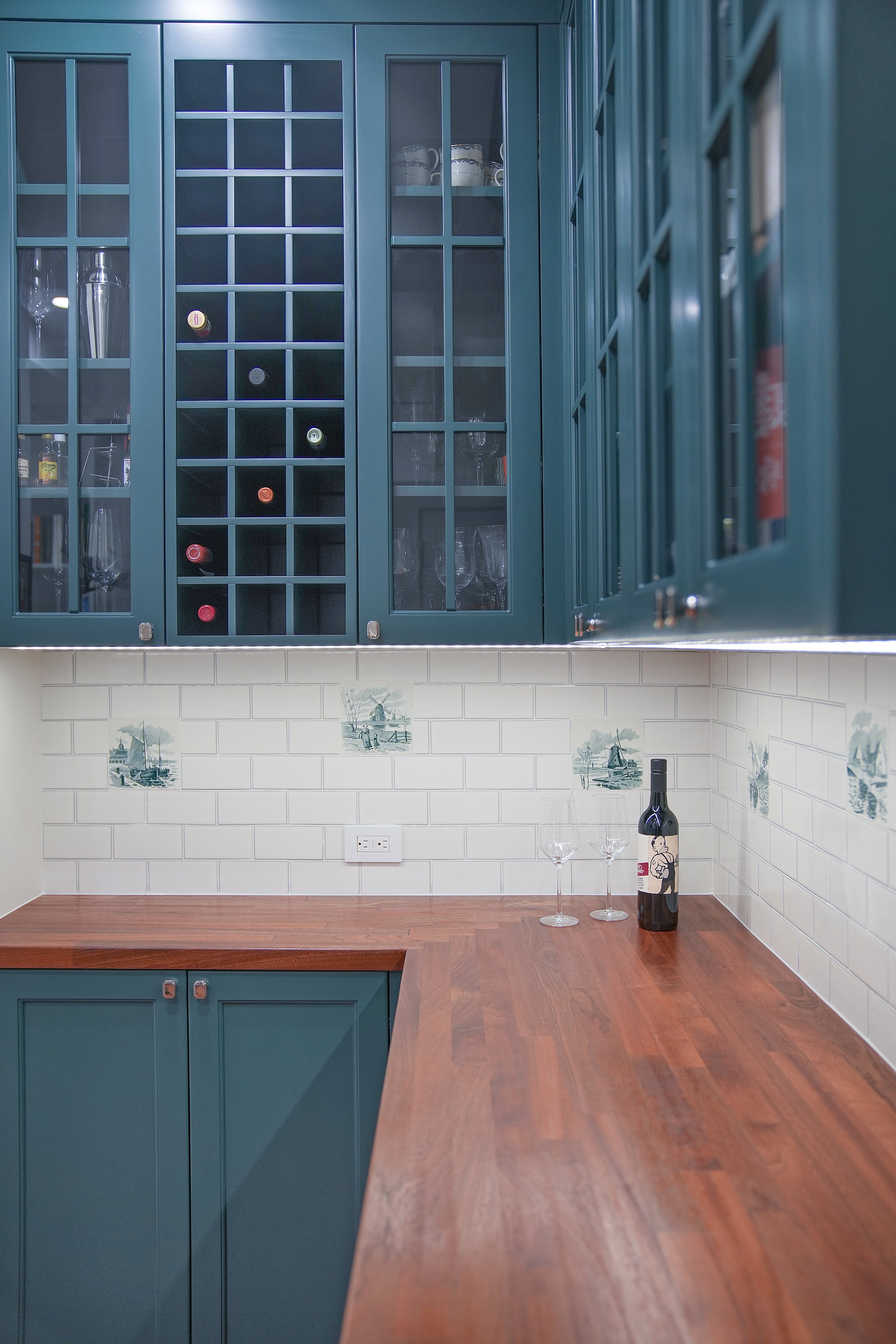
[#2]The Labor Behind Custom Millwork: Design, Fabrication, and Installation[#2]
Unlike mass-produced stock cabinetry and shelving, custom millwork is completely project-specific. Here at Gallery, these focal point features begin with detailed renderings and drafting from the project designer, which is then coordinated alongside architectural plans. Once client approved, pieces are fabricated off-site in a wood shop by expert carpenters, then delivered and installed—each stage requiring a unique timeline and management.
Beyond expert labor costs, NYC’s imbalanced logistics also factor heavily. Difficulties with building access, tight layouts, having to coordinate around co-op rules, factoring in timelines of other trades involved in the project - these common issues stretch timelines.
- Read More: Render To Reality: How Our Rendering Process Helps Clients Visualize Their NYC Renovation
MIN.jpg)
[#3]Material Choices: How Wood Type Affects Price[#3]
Then there’s the material cost. Like most things, wood prices have climbed in recent years, so the species, grade, and finish you choose can significantly influence your overall millwork budget. Beyond that, the material you select impacts not just price, but also durability, appearance, and long-term performance. Here’s how common baseline options compare:
MDF (Medium-Density Fiberboard)
A budget-friendly material ideal for painted finishes. The final product is smooth and consistent, but less durable over time and prone to damage in humid or high-traffic areas.
- When & Where?: Great for secondary spaces like basements, pantries, and laundry rooms. Not ideal in kitchens or common areas.
Veneers
Thin layers of real wood applied to a core material. Veneers mimic the look of solid wood at a lower price, but require skilled application and can wear over time with heavy use.
- When & Where?: Best suited for decorative accents or lower-traffic areas where aesthetics matter more than durability.
Solid Wood
Now, we’re talking. Unlike the aforementioned, most solid wood options are strong and durable, with true beauty and longevity. Pricing depends on species—pine and poplar are more affordable, while walnut or white oak would be considered higher end.
- When & Where?: A great choice for kitchens, living rooms, or anywhere the millwork needs to perform and impress.
Premium Hardwoods
Materials like white oak, mahogany, or walnut offer exceptional appearance and durability, but cost significantly more to source and finish.
- When & Where?: Best reserved for statement pieces, focal walls, or luxury-level builds where finish quality is paramount.
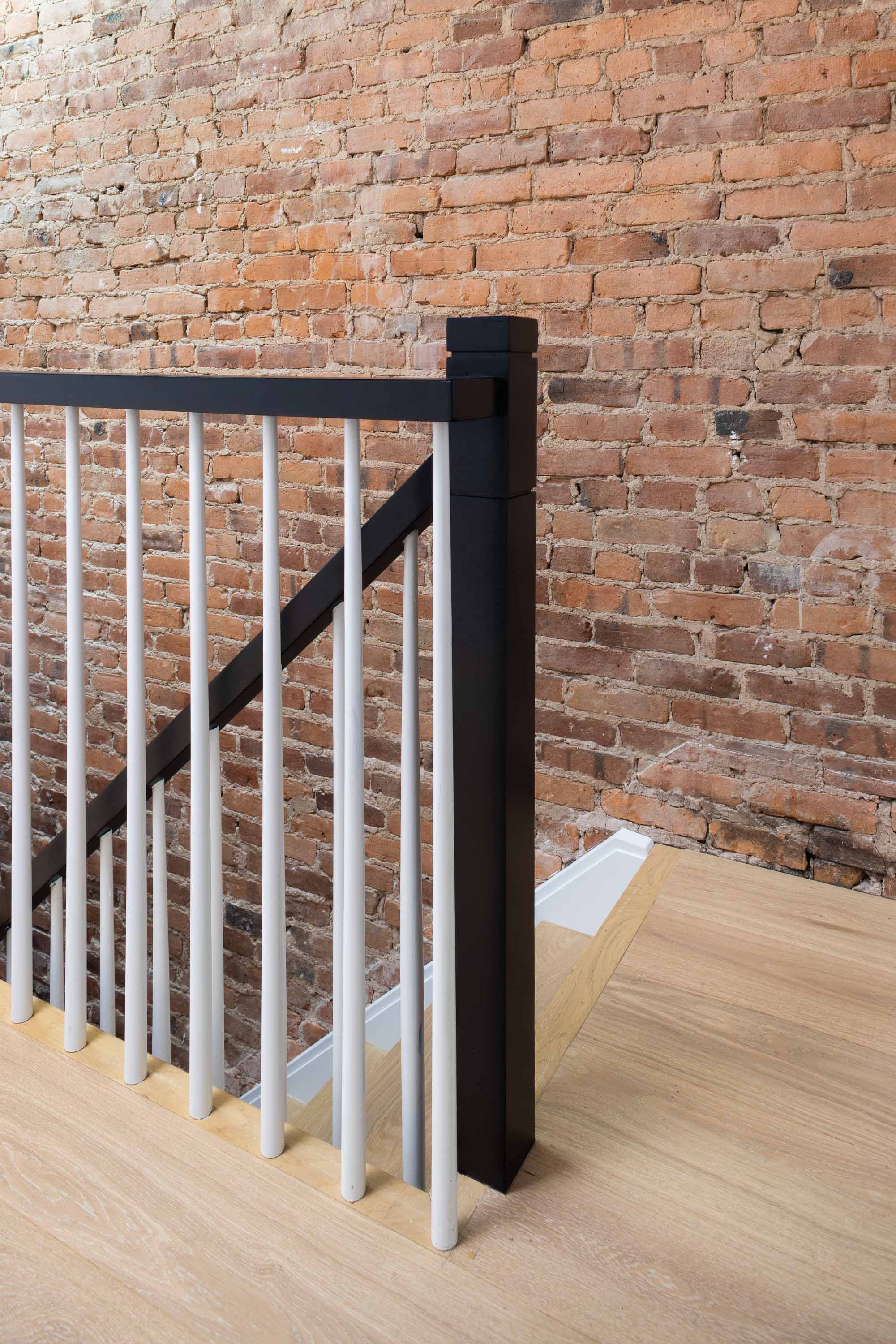
[#4]Complexity Adds Up: Shapes, Profiles & Built-In Features[#4]
A tailored shirt or dress costs more than one off the rack, right? Same for millwork. The more complex the design or fit, the higher the price. Let’s review some of our most common custom millwork requests.
Intricate Moulding Profiles
Intricate interior mouldings or crown mouldings with layered or decorative profiles require hand-finishing and longer installation time, raising both labor and material costs.
Radius Corners Or Curved Panels
Curved millwork for radius corners and arched areas requires custom molds or jigs, along with meticulous fabrication and finishing—making them more expensive than standard, linear options.
Custom Built-Ins With Integrated Features
Because of their subtle but impactful attention to detail, built-ins with features like integrated lighting, appliance cutouts, or hidden storage add complexity that increases cost across both fabrication and installation.
Seamless Panel Alignment In Pre-War Homes
If your building is pre-war, walls are rarely level and often create the need for further flexibility to secure a flawless fit and finish - especially for wall-to-wall built-ins or millwork that runs floor to ceiling. You know what that means. More time. More money. And more lasting value when done right.
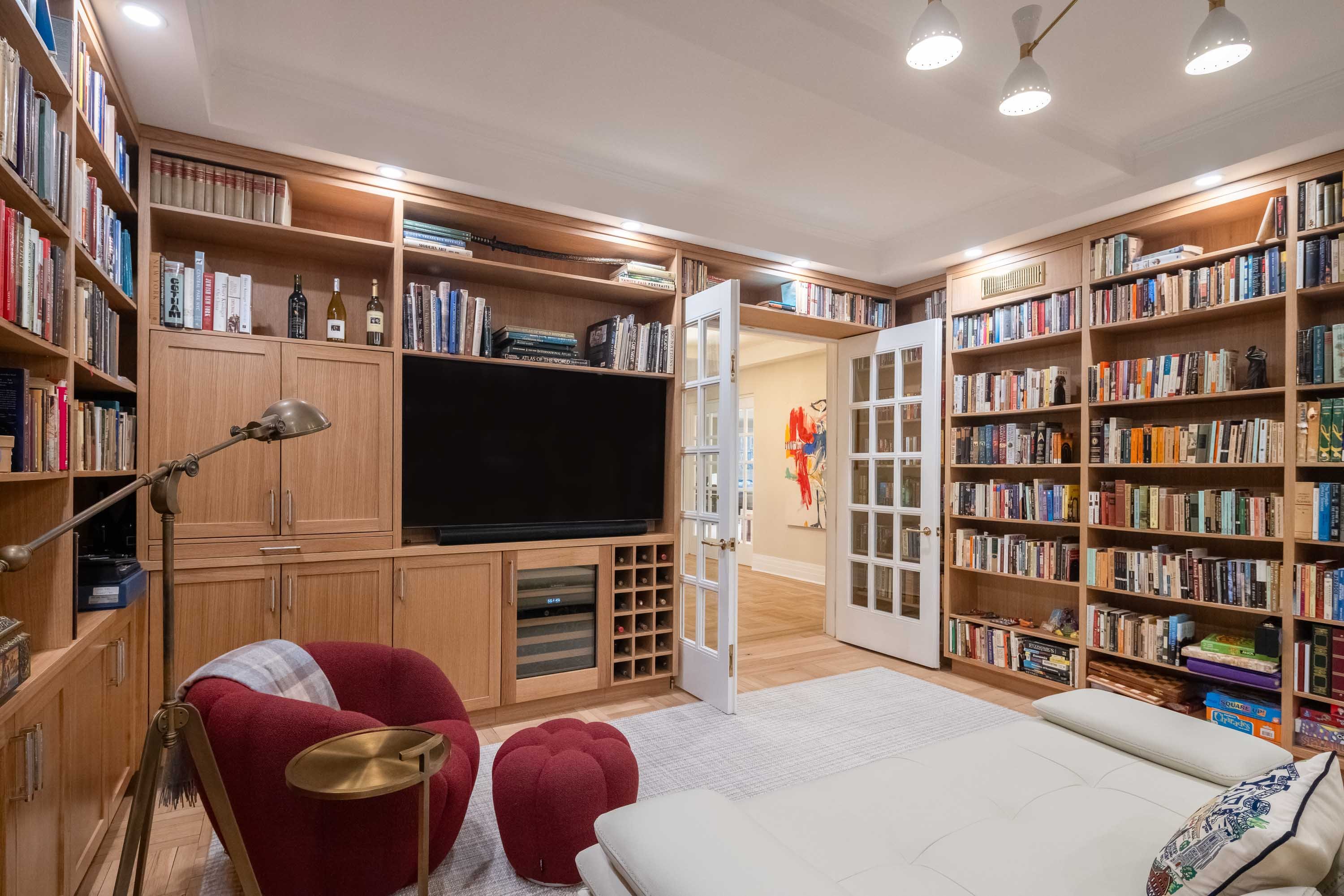
[#5]Working With Professionals: Design-Build Vs. Separate Contractors[#5]
When aiming for custom millwork amidst your dream home renovation in NYC, collaboration is key. From early drawings to final installation, the coordination required between design, fabrication, and construction requires immense expertise. Who you choose to partner with can influence whether your millwork experience falls into place properly or stands out like a sore thumb.
Design-Build: A Unified Process for Complex Work
With a full-service design-build firm like Gallery, all phases of the renovation—interior design, architectural planning, material selection plus procurement, and construction management—are handled by one team, under one roof. This streamlines communication, keeps accountability in one place, and allows millwork decisions to be made in context with the larger renovation scope. When your designer, architect, and builder are on the same page from day one, the chances of millwork being mis-measured, misquoted, or mis-installed go way down.
Separate Designers & Contractors: Where Things Can Go Sideways
In more traditional renovations, homeowners often hire an interior designer separately from a general contractor. While this can work, the siloed approach adds layers of client-led communication and oversight that can slow down timelines or create disconnects—especially for custom elements like millwork. If drawings are incomplete, dimensions are off, or fabrication doesn’t jive with the construction schedule, delays and change orders are more likely.
Why Detailed Drawings & Specs Matter
Regardless of who you partner with, the key ingredient in any custom millwork scope is proper documentation. Shop drawings, elevation details, finish specs, and installation notes are what manifest curated creativity into measurable deliverables. At Gallery, these assets are developed in-house and adjusted in tandem with the build team—ensuring fabricators and installers are working from the same playbook as the designer. Furthermore, we always make sure clients can visualize these details during key checkpoints, like our floor plan walkthroughs, which help catch issues early and keep everyone aligned before fabrication begins.
Timing Is Everything—Especially in NYC
Millwork is never a standalone item. The install typically overlaps with electrical planning, floor correction, appliance selection, and finish coordination. If even one variable is off, the green bubble in that level is heading in the wrong direction. Beyond poor construction, millwork can also quickly become a bottleneck that stalls other parts of the project. Our design-build approach keeps timelines aligned across all trades, helping avoid delays and maintain momentum amidst NYC’s many logistical hurdles.
Final Considerations On Custom Millwork Installations
So, what drives the cost of millwork—and when does the payoff justify the price? Ultimately, the cost depends on the materials you prefer, the level of detail you want, the craftsmanship you’re after, and how prepared you are to navigate the unique demands of renovating in NYC. Millwork becomes worth the premium when enhancing functionality, complementing the architecture, or serving as a design focal point. That said, not every space calls for custom millwork. Knowing where to invest and where to scale back is what makes the difference between a smart renovation and scope creep. With proper planning and the right team, millwork offers both practical beauty and visual value—without blowing out your budget.
Considering an apartment renovation in New York City that includes custom millwork? View our portfolio of NYC apartment renovation before and afters, learn more about Gallery, or contact us today. We are an award-winning design-build firm in New York City with a full-service approach to renovations throughout Manhattan and Brooklyn. We’re experts in pre-war apartment renovations, apartment combinations, room creations, full gut renovations and all that falls in between. Let us bring your dream home to life.

.png)
.png)


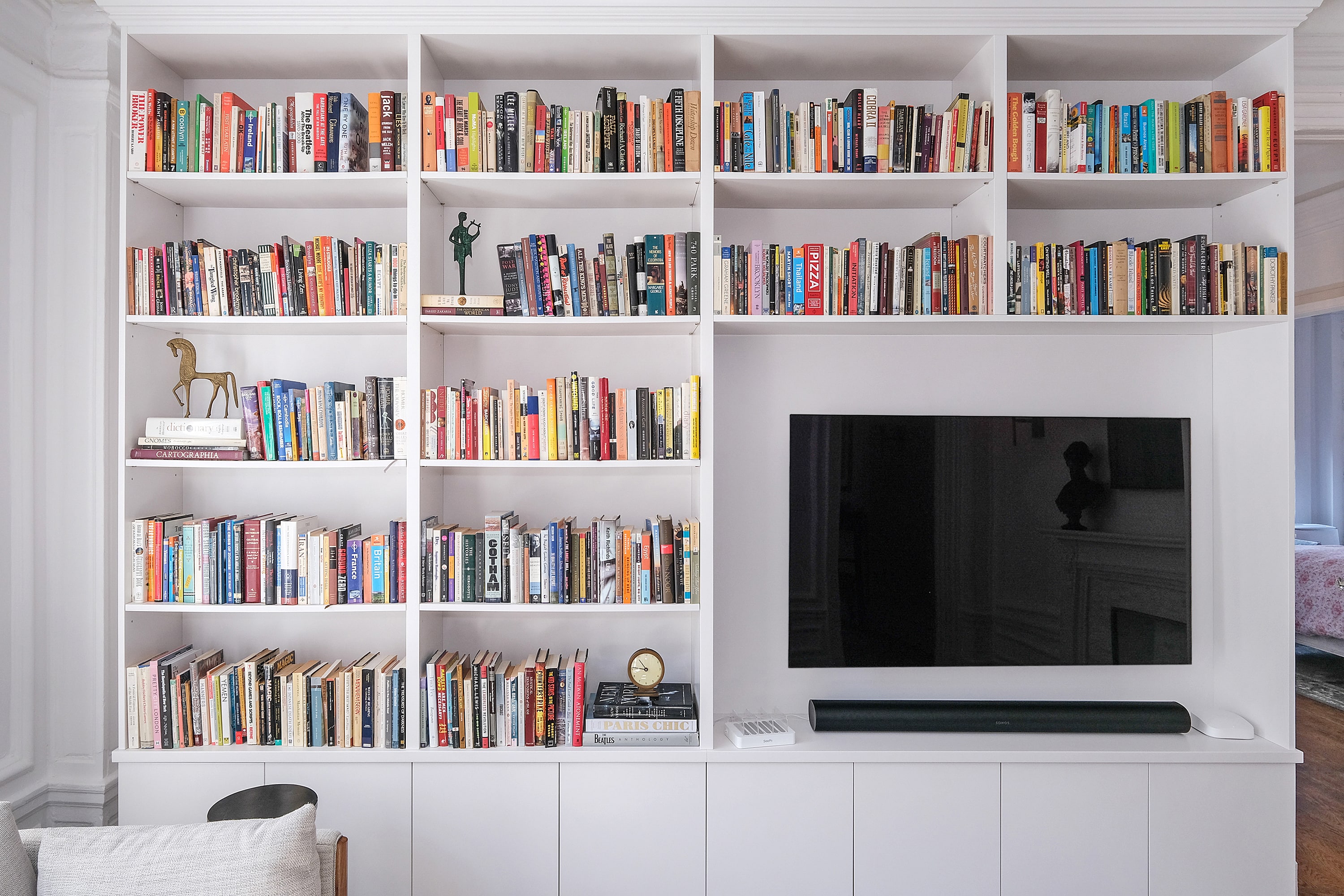
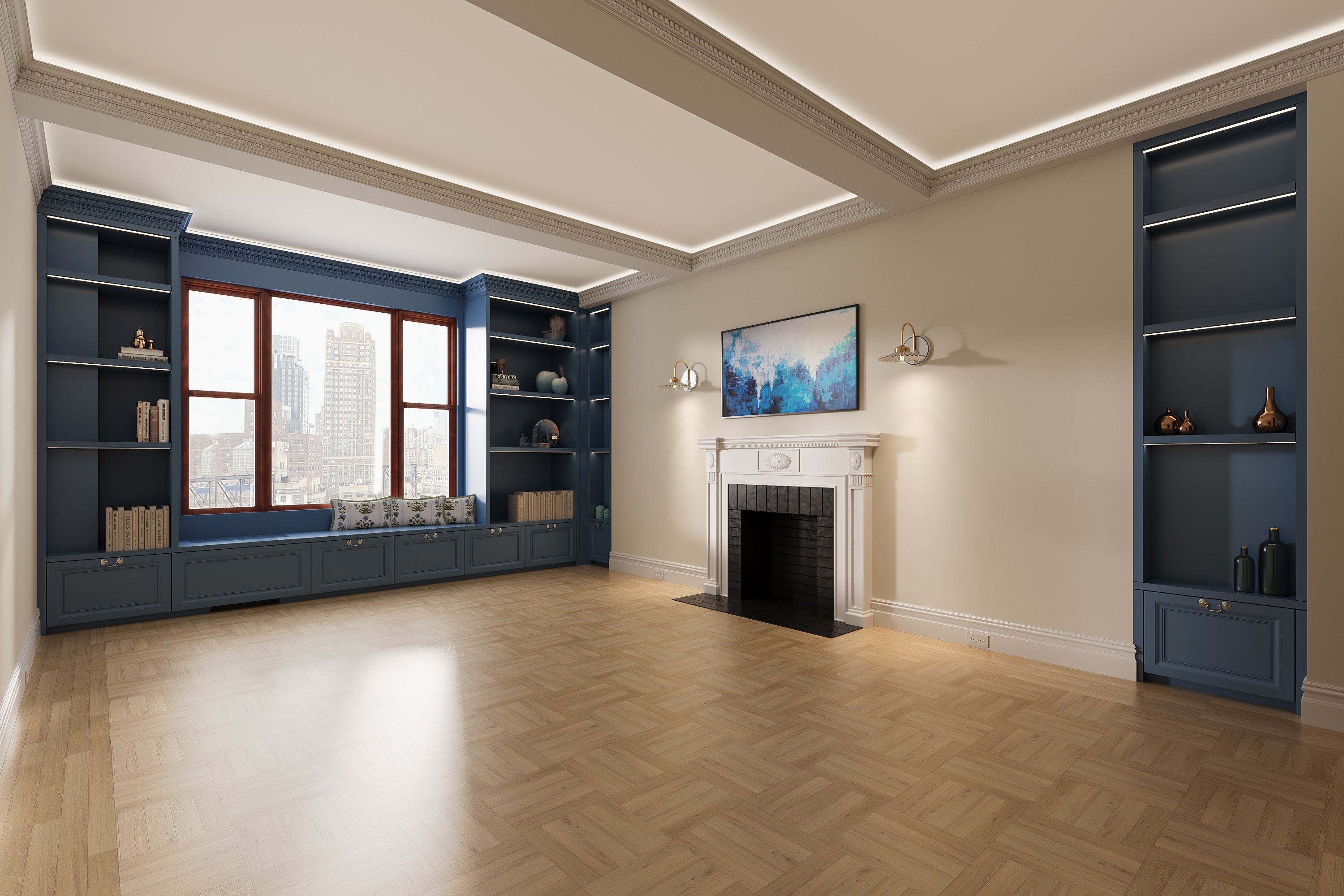
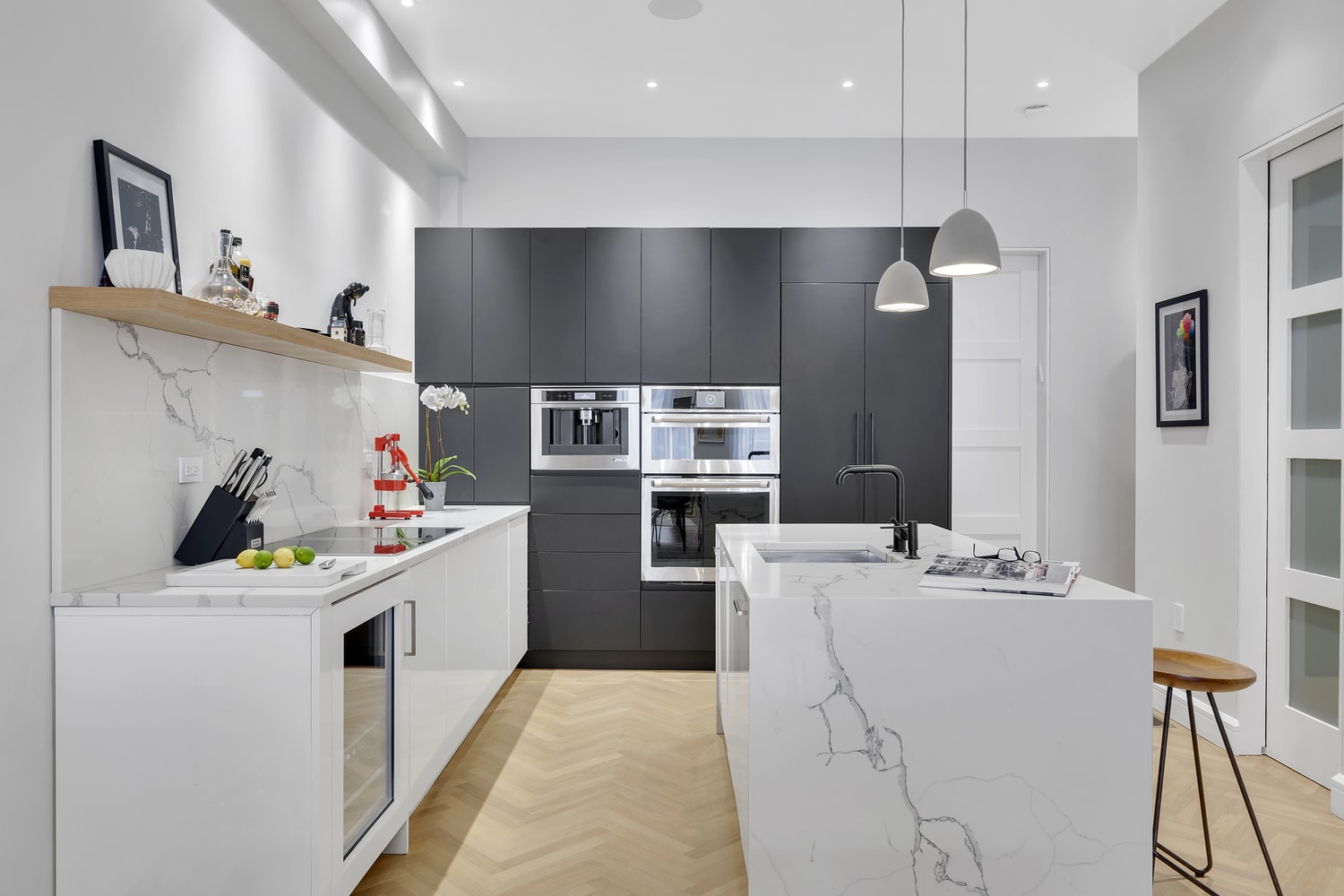
.jpg)
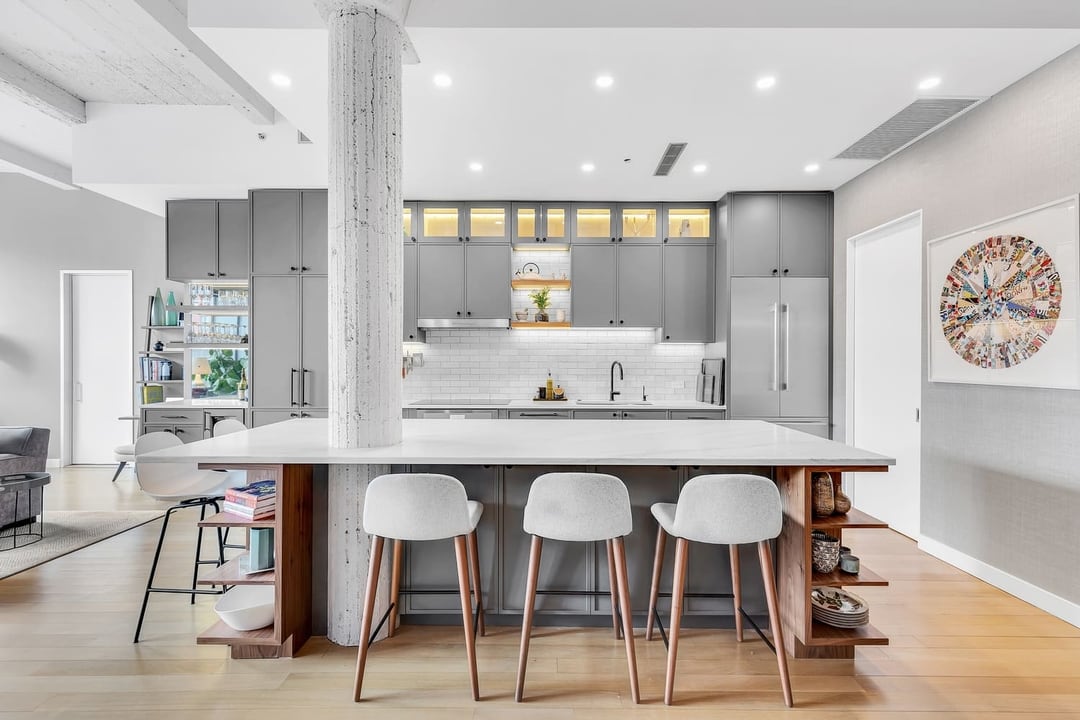
%20(2).jpg)
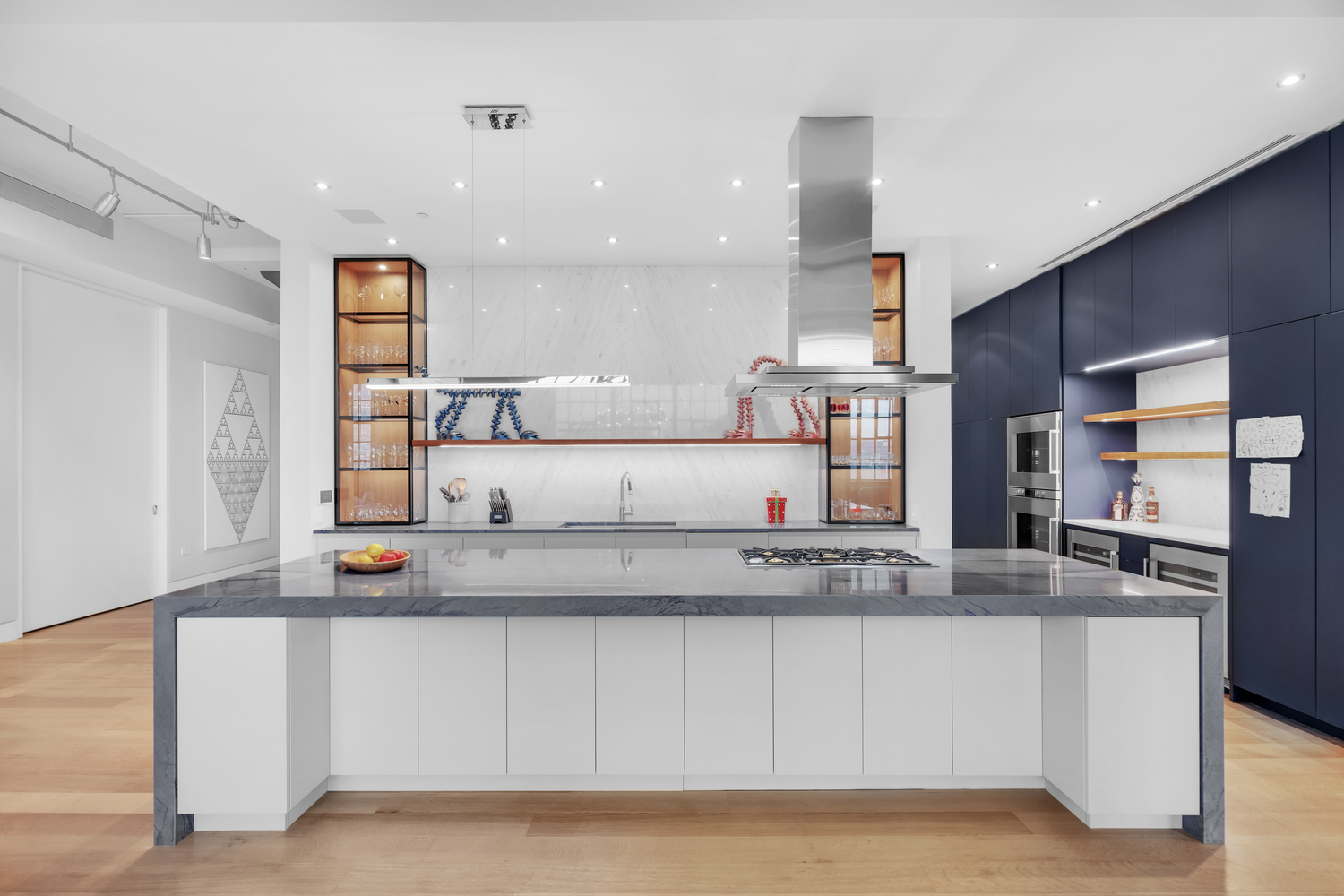
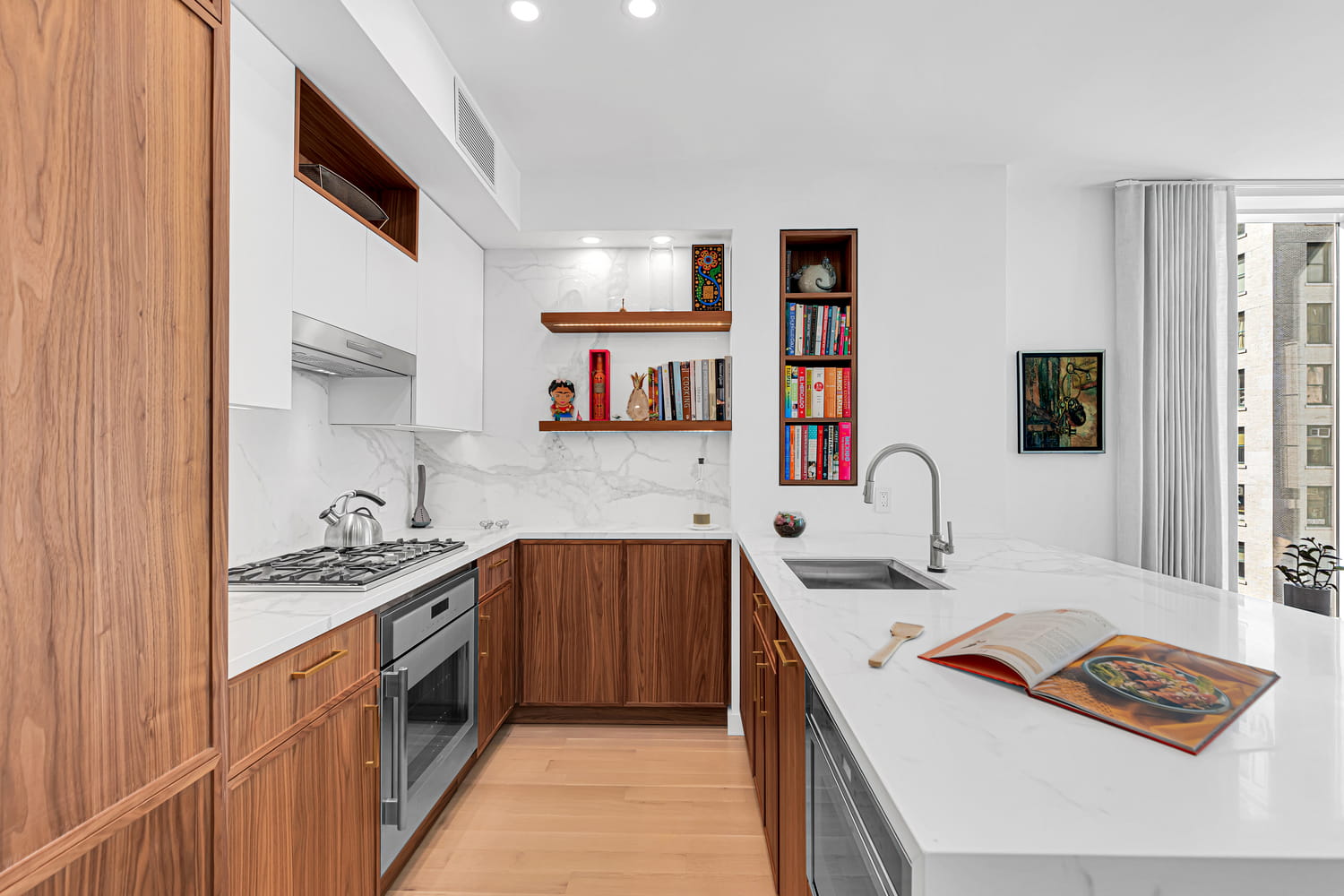
.jpg)
%20Gallery%20KBNY.JPG)
